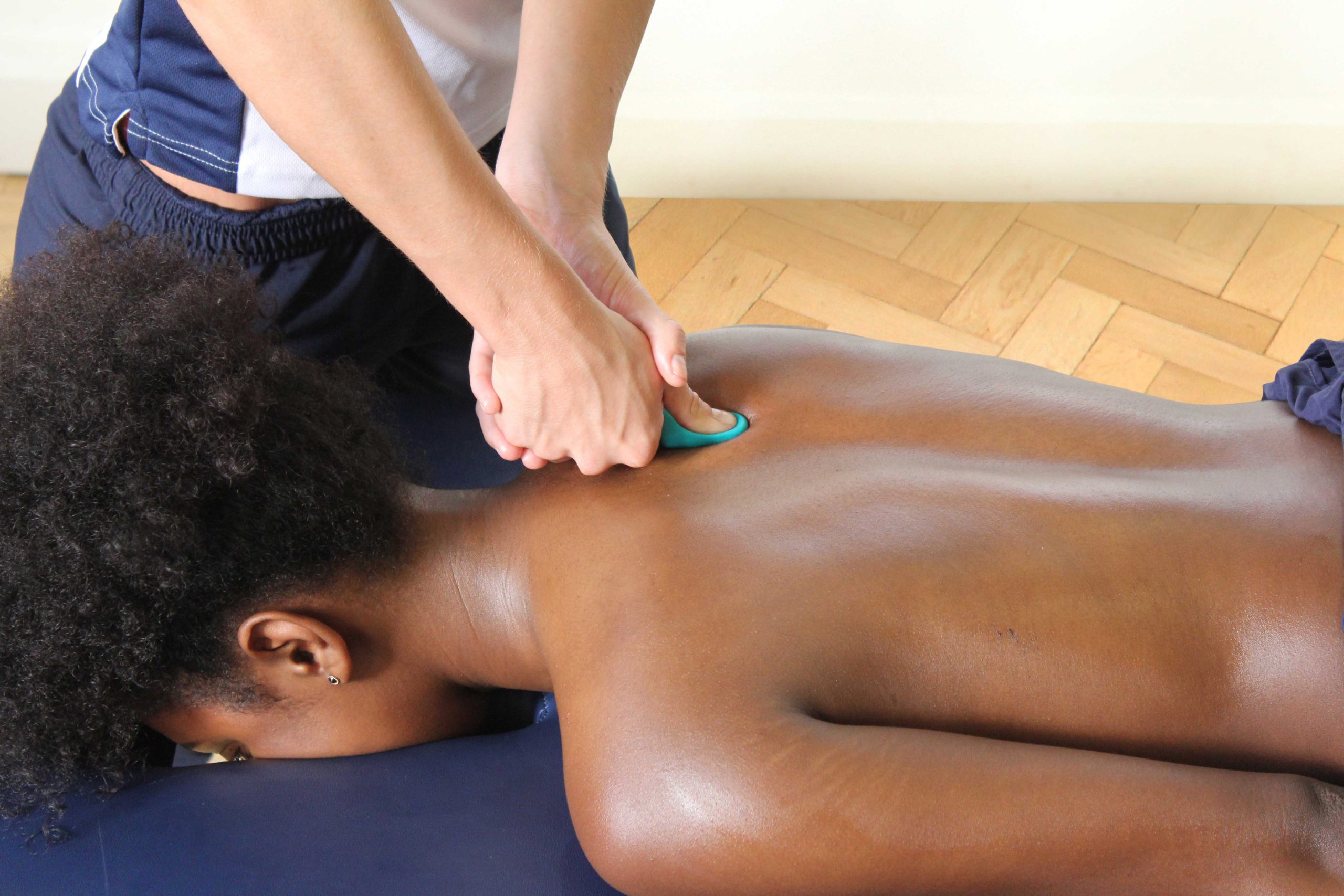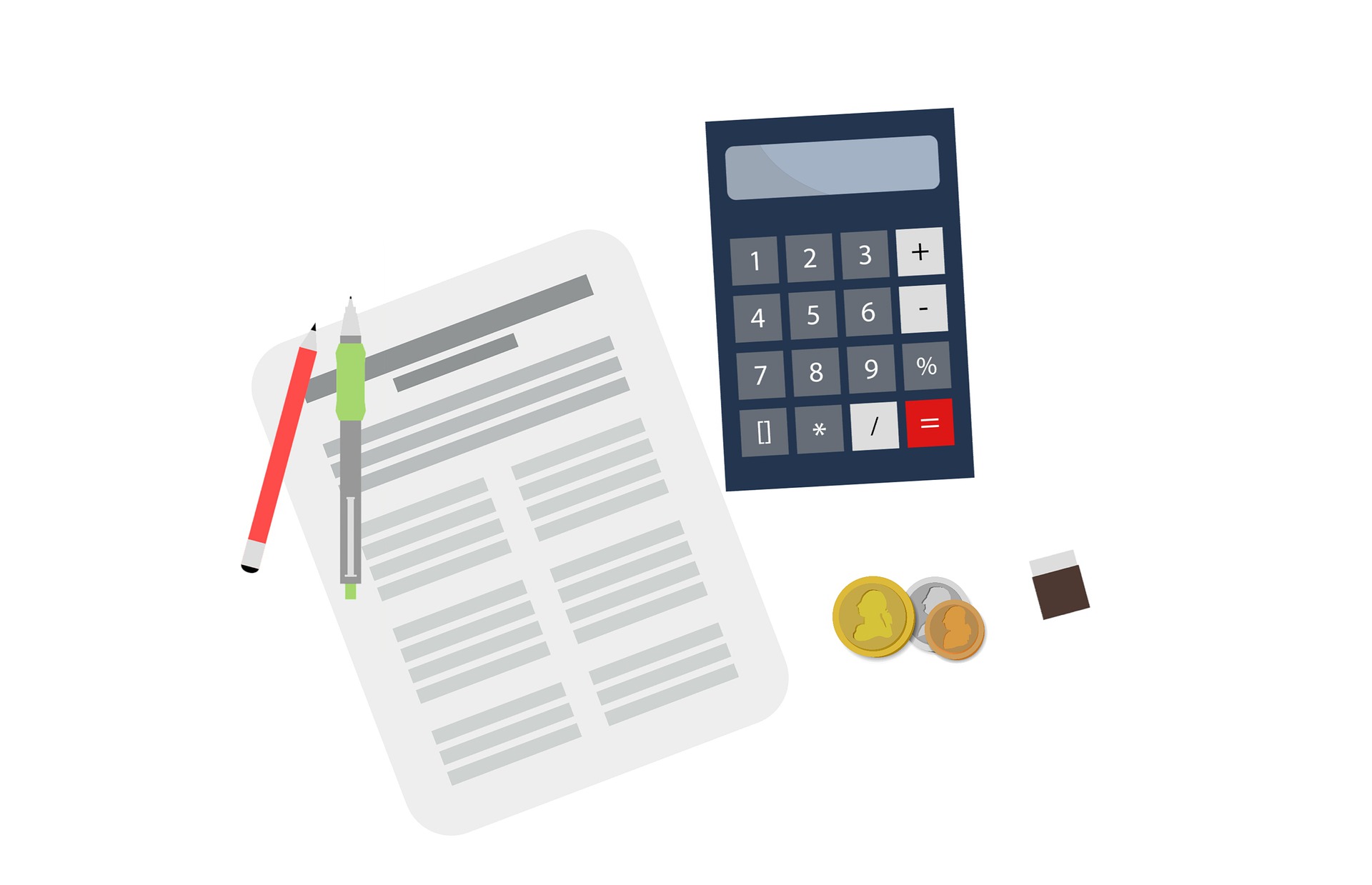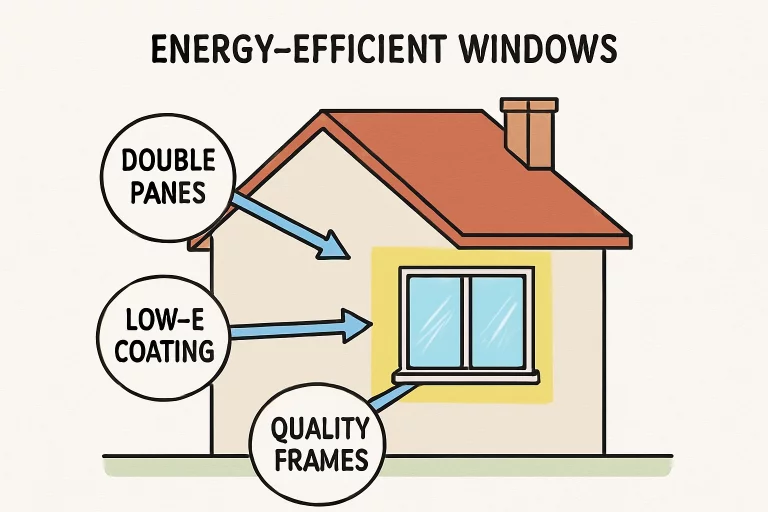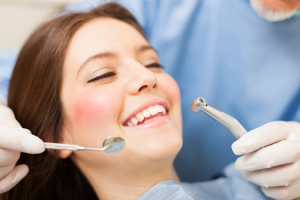Caring for your back is key to maintaining spinal care and overall well-being. The back is a complex structure, with various sections serving different roles. Massages provide a practical way to relieve tension, improve circulation, and support mobility across these other areas. Whether focused on the upper, middle, or lower back, the right type of massage can help address discomfort and enhance flexibility. Understanding the differences in techniques suited for each area can offer valuable insights into spinal care.
Massaging the Upper Back
The upper back includes the area from the base of the neck to the top of the ribcage. It is key in supporting posture and enabling the shoulders and arms to move. Tightness or discomfort in this region often develops from poor posture, desk work, or physical exertion.
Massaging the upper back focuses on loosening tight muscles and improving circulation to alleviate tension. Kneading and circular motions are commonly applied to relax the trapezius and rhomboid muscles. A professional massage therapist may use Swedish massage techniques for this area, as they promote better circulation and muscle relaxation. Those looking to target the upper back can also benefit from self-massage tools like foam rollers and massage balls that allow more control over problem areas.
Focusing on the Middle Back
The middle back, located between the shoulder blades and below the ribcage, provides support for spinal alignment and stability. Discomfort here is often linked to physical tension or prolonged activities that strain the muscles. Massage for the middle back aims at relieving tightness while aiding in proper spinal mobility. Deep tissue techniques are often effective in this region. These methods focus on releasing tension in the deeper layers of muscle by applying sustained pressure and slow, deep strokes. Another helpful approach involves trigger point therapy, which targets specific areas of tightness or knots to restore muscle function. Observing how pain or stiffness develops in this part of the back may help identify which massage techniques work best for relief.
Massaging the Lower Back
The lower back, or lumbar region, supports much of the body’s weight, making it especially prone to strain and discomfort. This region often experiences issues related to sitting for long periods, improper lifting techniques, or overexertion. Massages for the lower back concentrate on releasing stiffness, relieving pressure, and restoring flexibility.
Gentle movements in this area are particularly beneficial. Hot stone massages, for instance, can help warm tight muscles and relieve stiffness without causing additional strain. Shiatsu or acupressure techniques may also help restore balance to the lower back by targeting specific energy points. Consistent care through massage supports better spinal health and aids in maintaining mobility in this key area.
Benefits of Massaging the Entire Back
While individual focus on certain sections of the back offers targeted relief, full-back massages provide the advantage of addressing the back as a whole. A comprehensive massage session relaxes the interconnected layers of muscle and connective tissue between regions, improving overall circulation and reducing tension throughout the back. Those interested in regular back care may prefer combining various techniques during full sessions to benefit multiple areas simultaneously. Integrating massage into an ongoing wellness routine may support physical comfort and encourage relaxation.
Supporting Your Spinal Care Journey
Massages tailored to the upper, middle, or lower back offer practical solutions to improve spinal care, manage discomfort, and promote relaxation. By understanding the specific needs of each part of the back, you can make informed decisions about your wellness routine. If you are uncertain about where to begin or which massage techniques may best suit your needs, consult with a professional to plan your approach.









